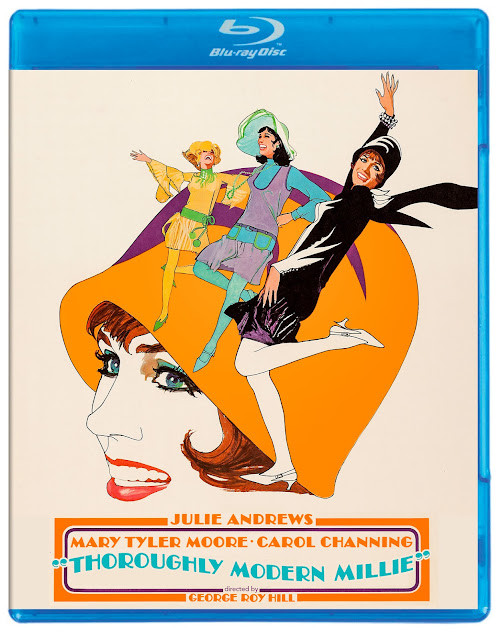After the sudden death of his younger brother, repairman Louis Carrier (Jean Yanne) acquires a large inheritance and he sees an opportunity to make something of his life. Louis has always lived in obscurity and poverty. With his new found wealth, he concocts a plan. He wants the celebrity that comes with being an international criminal. Louis recruits his buddy Einstein (Renato Salvatori) to be his sidekick. Einstein, who wants to help his friend but isn't fully aware of the gravity of the situation, learns photography skills in order to be Louis' personal paparazzi. Einstein photographs Louis in public settings alongside well-known figures. These photos are printed, packaged with threatening letters and recordings, and sent to officials under the pen name 'Armaguedon.' Louis is threatening to commit mass murder and begins practicing on people whom he thinks are either disposable or a threat. Dr. Michel Ambrose (Alain Delon), a psychiatrist skilled at working with exceptionally difficult mental health cases, is hired to analyze Armaguedon's words and actions, track down his real identity and help the authorities find Louis before he poses a real threat to the public.
Armageddon/Armaguedon (1977) is a heavy-handed crime thriller that tries to do too much with an ultimately flimsy plot. All of the action comes at the expense of any real character development. I'm reluctant to call this a psychological thriller because even though one of the protagonists is an actual psychiatrist, there is very little conveyed to the audience about Louis' psychosis. We learn more about Dr. Ambrose' techniques but very little about him as a psychiatrist or even as a person. There is one scene where we see him with his wife and two children. Later in the film, he and inspector Jacques Vivien (Michel Duchaussoy) are seen in bed with prostitutes. No context is given. They're just expected to cheat on their wives because they're professionals who work high stress jobs and need to unwind? In general the female characters are depicted as sex objects or they're just a pawn to move the plot forward. The way the gay characters are depicted is even worse. Overall, there is no complexity or nuance with any of the characters other than some with Louis and his buddy Einstein.
The performances are a bit of a mixed bag. Delon seems to be sleepwalking through his performance. Jeanne Yanne, on the other hand, does an excellent job conveying Louis' increasing mania and downward spiral.
The movie was directed by Alain Jessua and produced by Alain Delon. They both worked on the script, adapting David Lippincott's novel The Voice of Armageddon to screen. From what I've gathered, Jessua and Delon butted heads. According to unit manager Alain Depardieu (Gerard's brother), Delon didn't even want to breathe the same air as Jessua. This must have made for a lot of tension on set and could explain why the end result was a mess of a movie. This was Delon and Jessua's second collaboration, Traitement de choc (1973) being the first. Delon hired Astor Piazzolla to compose the film's score. French is the movie's main language but Italian, English and German are also spoken. Armageddon/Armaguedon did well at the French box office. It doesn't seem to have gotten a US release.
Armageddon/Armaguedon (1977) is worth watching if you're an admirer of Alain Delon or you're looking for a movie about the psychology behind mass murderers. Otherwise, this weird, macabre and ultimately empty thriller is one you may want to skip.













